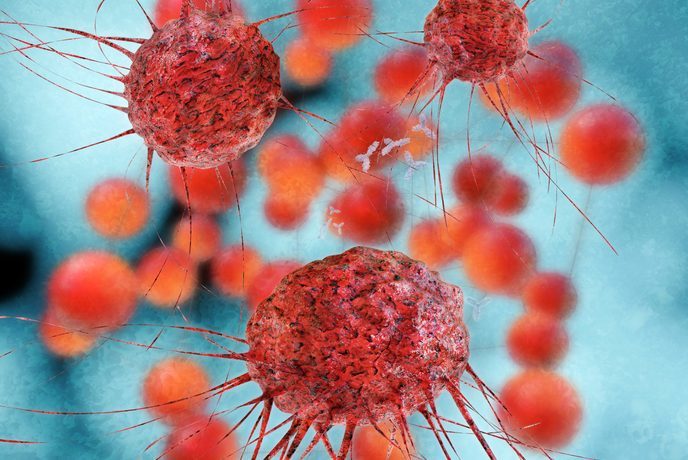
Scientists hope to develop new treatments for ovarian cancer after discovering how genes become resistant to many drugs.
A gene called ABCB1, which is known to play a role in resistance to the chemotherapy drug paclitaxel in ovarian cancers, also causes resistance to other ovarian treatments, researchers at the University of Dundee have found.
Women with ovarian cancer are commonly treated with a combination of carboplatin and paclitaxel, but if the cancer becomes resistant another group of drugs called PARP inhibitors are a common alternative.
When the Dundee team treated chemotherapy-resistant ovarian cancer cells grown in the lab with certain PARP inhibitors, they found the cells used ABCB1 to survive the treatment in the same way they do paclitaxel.
Dr Gillian Smith, who led the research, said: “Drug resistance is a major complication for many ovarian cancer patients.
“Our study shows an important resistance mechanism which is common to drugs used routinely in the clinic and to new drugs which are being tested in clinical trials.
“Increasing our understanding of resistance mechanisms will allow us to develop tests to spot drug resistance more easily and to make sure patients are given the most appropriate drugs.
“Understanding the biology of drug-resistant cancers could also lead to the development of new treatments that block cancer’s escape, making them susceptible to therapy again.”
The researchers also found that the paclitaxel chemotherapy-resistant cancer cells used ABCB1 to survive treatment with a different chemotherapy drug called doxorubicin, which is also offered to some women whose cancer has stopped responding.
The findings have been published in the British Journal of Cancer.
Nell Barrie, senior science information manager at Cancer Research UK, said: “This research increases our understanding of how drug resistance develops in ovarian cancer at a cellular level.
“It shows for the first time that the same mechanism that causes ovarian cancer to become resistant to paclitaxel also applies to some PARP inhibitors and other chemotherapy treatments.
“Further studies are now needed in patients to see whether some treatments will perform better than others at helping to control ovarian cancer.”
READ MORE
Ovarian cancer snuck up on bride’s already poorly mum
Mysterious eye glow was the clue to child’s cancer

Enjoy the convenience of having The Sunday Post delivered as a digital ePaper straight to your smartphone, tablet or computer.
Subscribe for only £5.49 a month and enjoy all the benefits of the printed paper as a digital replica.
Subscribe